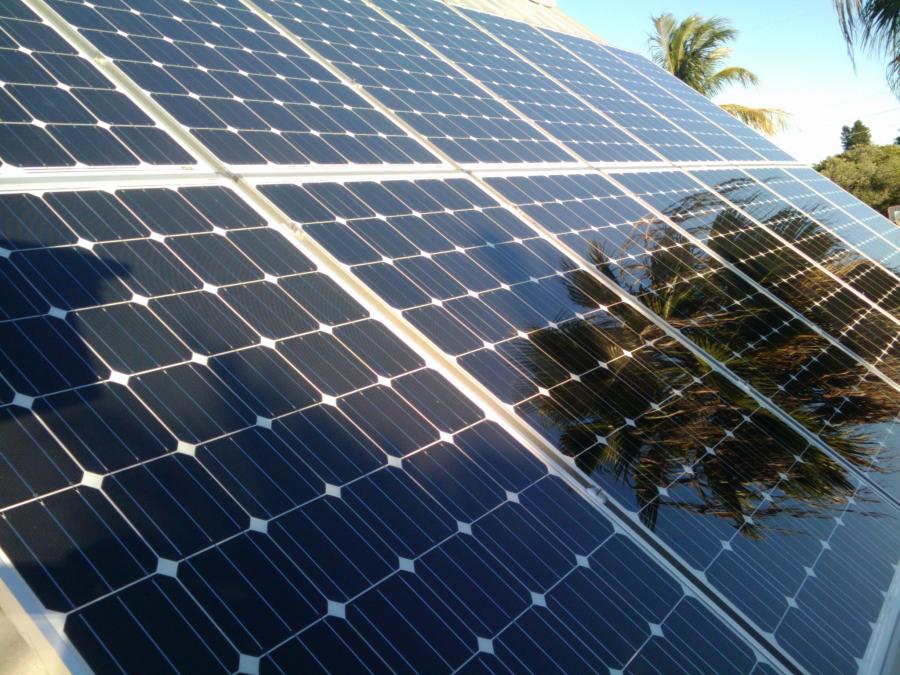How Shade affects Solar Panels
In most instances, solar photovoltaic (PV) systems for homes and businesses consist of solar panels (the collection of which is referred to as the ‘array’) and an inverter. The solar panels catch sunlight and convert it into DC (direct current) electricity, and the inverter in turn converts the DC electricity into grid- and appliance-compatible AC (alternating current) electricity. When discussing solar panel placement with your installer, it is important to know how shade affects solar panels and the amount of electricity they can produce.
Most small-scale solar systems for homes and small businesses will include anywhere from 6 to about 30 panels, although the ‘size’ of a system is usually referred to by its capacity (in kilowatts – e.g. 5kW). For technical reasons related to the voltage requirements of the system’s inverter, solar arrays are usually divided into ‘strings’ of solar panels. Small systems may only have 1 string, while large systems could have many more. One string could consist of a single panel, but usually they have more.
You can think of a string of panels as something like a piece of pipe, and the solar power is like water flowing through that pipe. In conventional solar panel strings, shade is something that blocks that flow. If, for example, shade from a tree or a chimney is cast on even one of the panels in the string, the output of the entire string will be reduced to virtually zero for as long as the shadow sits there. If there is a separate, unshaded string, however, this string will continue to produce power as per usual.
In extreme cases, a shadow does not necessarily need to fall on an entire panel – depending on the technology used in the solar panel in question, shading of even just one cell could flatten the output of the panel and in turn the entire string. Many modern panels, however, come equipped with devices called bypass diodes which minimise the effects of partial shading by essentially enabling electricity to ‘flow around’ the shaded cell or cells.





